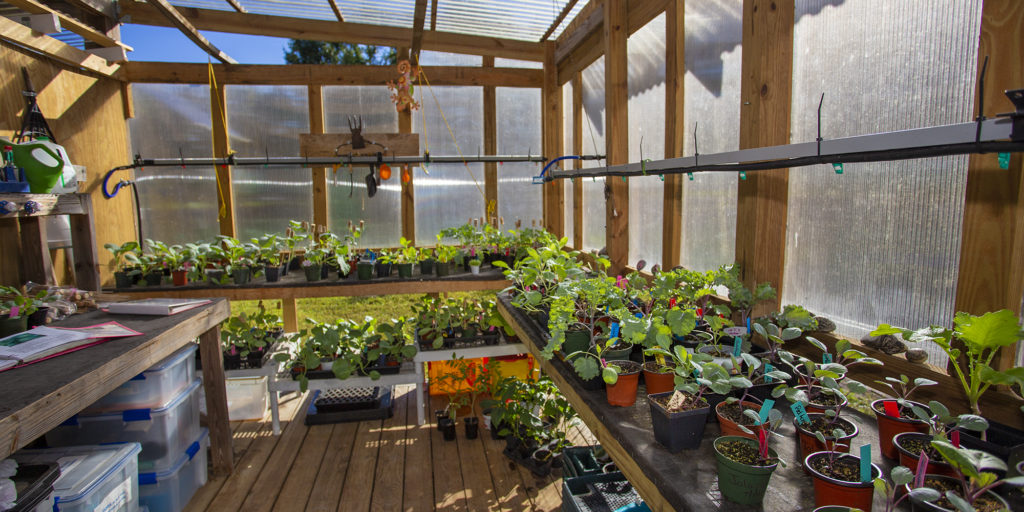What’s the secret to planting an organic vegetable garden that will flourish? Join a community one.
“The best way to learn is to join a community garden,” says Martin Kleiner, vice president of Carrollwood’s Vista Gardens. “Growing seasons in Florida are so different from anywhere else in the U.S.”
If you’ve ever looked at the back of a packet of seeds, you may have noticed the map of the United States divided up by zones. The USDA hardiness map organizes the country into 11 growing zones based on each region’s climate to help gardeners know what to plant each season. Bill West, president of Vista Gardens, says that information is not always reliable in the Bay area.
“Tampa is unique because we are a mix of zones 8, 9 and 10,” West explains. “It’s sometimes hard to figure out what to plant when, and the best way to figure things out is to experiment and plant for all three zones.”

Both men agree a community garden gives you the opportunity to make mistakes and learn. Plus, it connects you with a supportive group of like-minded people with whom to discuss your gardening frustrations.
“When I first joined, we had an expert come talk to the group, and everyone here wanted the exact recipe of how to grow plants,” says Kleiner. “He told us there is no exact recipe. Every plant is different. One year none of the pumpkins we planted grew. We thought we had messed up until a guest speaker told us there was a blight all across the state.”

The best gardening advice Kleiner has ever received?
“Don’t be afraid to pull up a plant if it’s not growing,” he says. “Be merciless. Would you rather spend all your energy nursing back a sick plant or replace it with a healthy one?”

Located in the center of Carrollwood Village, Vista Gardens opened in 2014 and has about 85 members. In addition to having a 4’ x 16’ plot of land to garden, members can attend lectures and social events, have access to organic compost — created on site by volunteers — member-grown organic seeds and seedlings, and have the added benefit of enjoying a more salubrious lifestyle.
“Once you start growing your own vegetables, you start eating more vegetables,” says Kleiner. “It’s almost impossible to not be healthy if you’re gardening.”

HOW TO START A GARDEN AT HOME
If you’d rather do your gardening at home, the University of Florida Food and Agricultural Sciences Extension is a wealth of information. Here are some of the organization’s tips.
Plan your plot: For convenience, locate the garden near the house on a well-drained site close to a source of water and in a location that receives at least six hours of direct sunlight daily. Before planting, draw a garden plan that includes the name, location and planting date(s) of the vegetables you want to grow.
Prepare your soil: Most Florida soils are low in organic matter and therefore benefit from the addition of organic matter such as animal manure, rotted leaves, compost, commercial soil mixes and/or cover crops. Composted organics may be applied at planting time; un-composted organics (such as fresh grass clippings) should be mixed into the soil at least a month before seeding. At planting time, rework the soil into a smooth, firm surface.
Don’t over- or under-water: Vegetables cannot tolerate standing water from excessive rainfall or irrigation. At the same time, vegetables need soil moisture to grow and produce. Frequency of irrigation depends upon the age of the crop and your soil type. Young plants need frequent but light irrigation; maturing crops need more water but less often.



